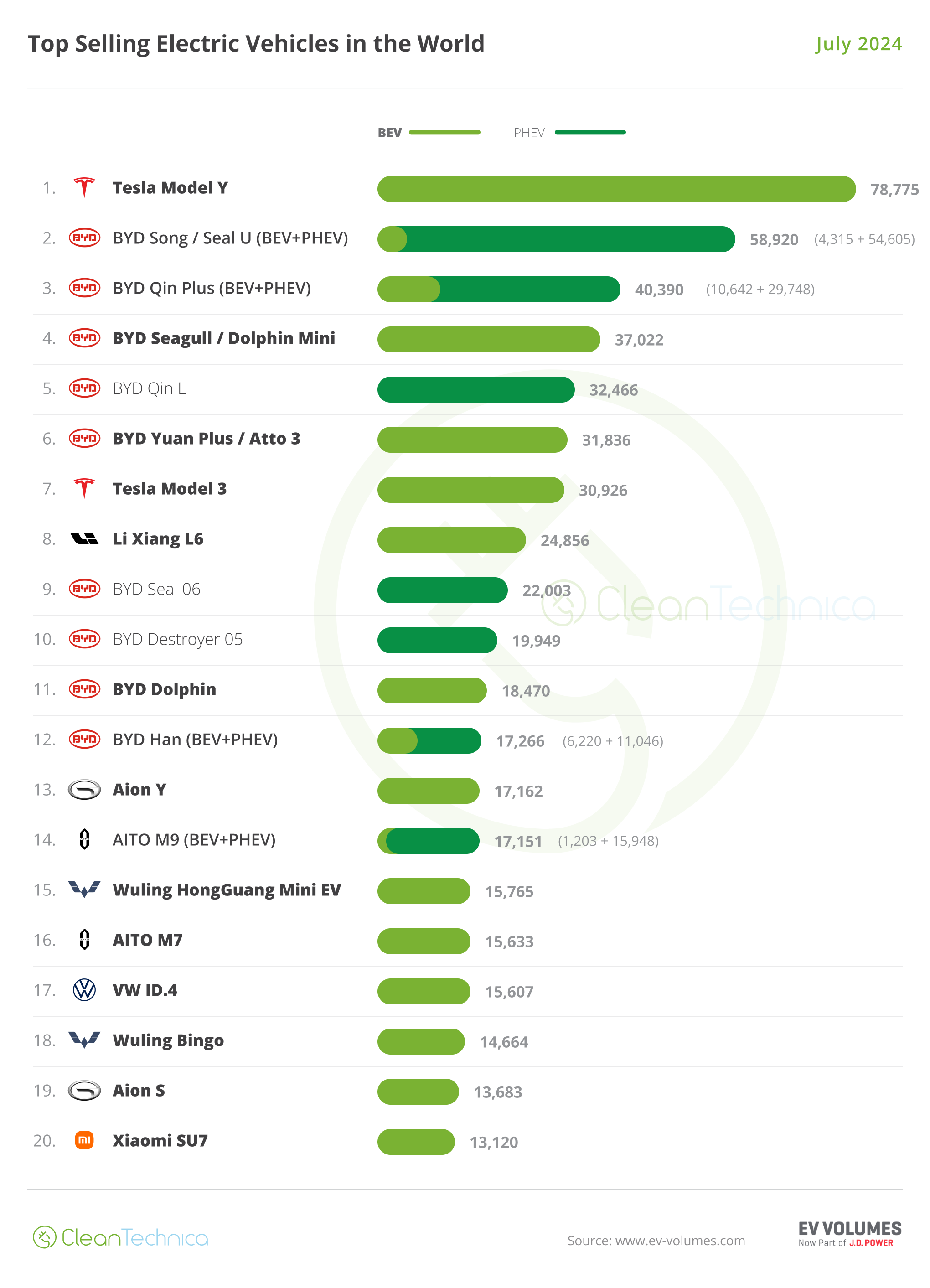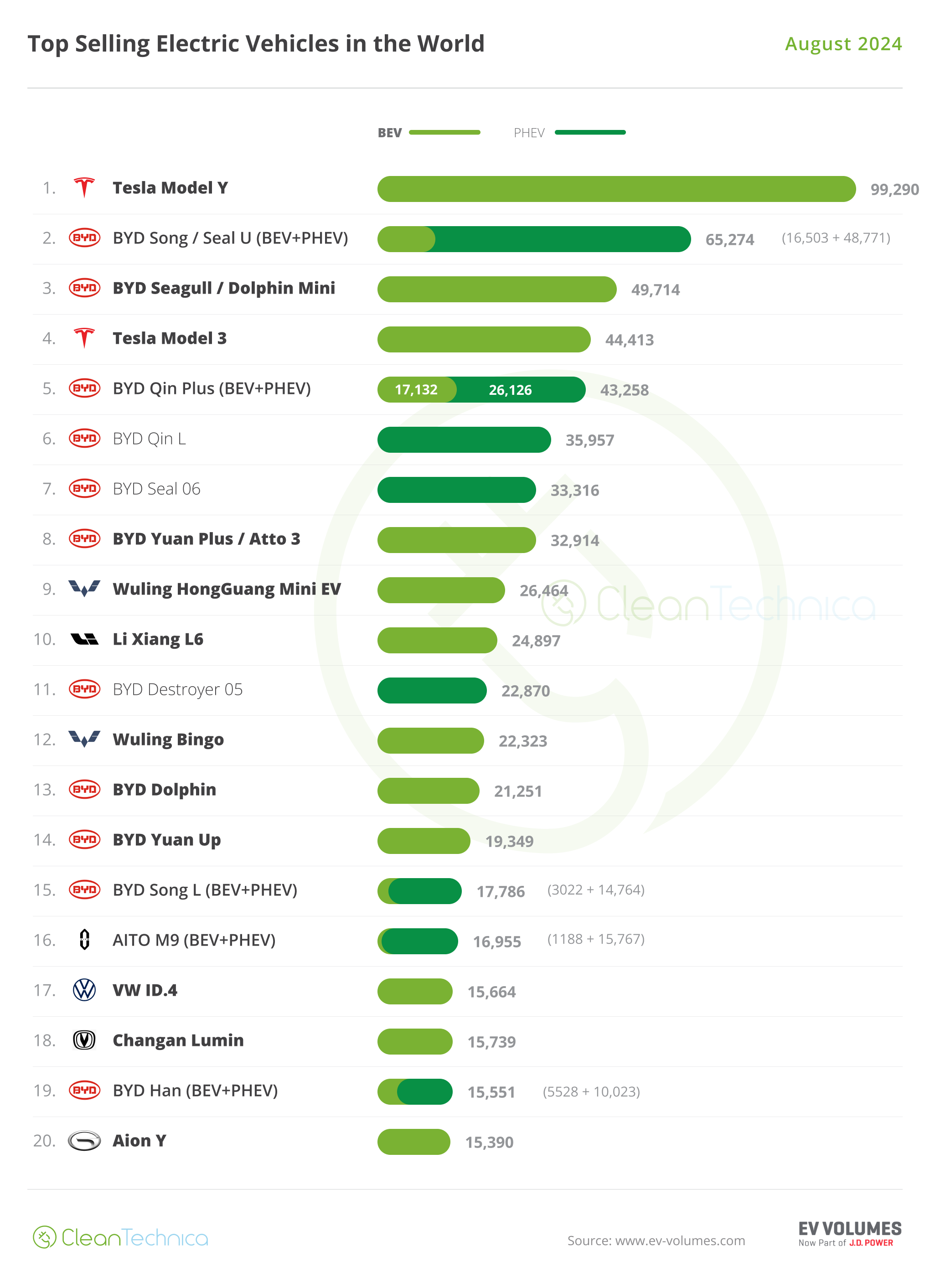
California-based Motiv Power Systems recently introduced the company’s new Argo Series electric trucks. They can be used for a number of applications, such as shuttle buses, box trucks, step vans, and refrigerated vehicles. Electric vehicles used for personal transportation tend to get the most press these days. There is also a significant amount of bickering online about electric cars, trucks, and SUVs versus their internal combustion engine vehicle counterparts. What is somewhat overlooked is the fact that electrification of transportation includes larger vehicles used in fleets, and these EVs have some advantages over gas and diesel service vehicles.
Fortunately, Motiv Power Systems CEO Tim Krauskopf provided some insights and facts about the new trucks for CleanTechnica.
What is an Argo electric truck designed to do, and which companies will buy it?
The Argo Series is a new all-electric truck featuring the first cab designed from the ground up for medium-duty use, incorporating feedback from real drivers and fleet owners. Argo is designed to support all medium-duty applications across Class 4-6 — including box trucks that support dock-height warehouse loading; buses with 18-30 passengers compared to just 14; refrigerated box trucks; flatbed, bucket lift and work trucks; and many other specialties. This expansion will be in addition to our step-vans that already support 2-6 tons payloads. As California’s Advanced Clean Fleets Rule kicks off in January, 2024, CARB requires that 10% of an estimated 225,000 medium-duty vehicles on the road in California will need to be zero-emission by the end of the year – and Motiv plans to provide a significant portion of those 22,000 vehicles as the Argo Series allows us to address nearly the full range of needs.
The truck can be purchased by any company who rely on medium-duty fleets to move people and goods – from office supplies and linens to food, parcels, and more.
What is the truck’s length, weight and payload?
- Overall length: 22′ to 38′
- Box length: 14′ to 30′
- GVWR: 22,000 lb or 26,000 lb
- Payload: Up to 15,500 lb
Battery chemistry, battery size and range?
Argo incorporates the new ONE Aries™ Lithium iron phosphate (LFP) battery, co-developed with ONE and incorporating Motiv’s patent-pending battery control signal. It offers a leading 150-200 mile range for its entire capacity (156 kWh), even when at max GVWR. This means that fleets can drive the full range with a max rated payload, opening the door to electrification for companies with large payload requirements like linens and office supplies.
What is the vehicle’s cost, and what is the warranty?
Around $250K depending on the configuration. Our vehicles are also eligible for the $40K IRA tax credit and most customers will have over $50K in fuel savings over 7 or 8 years.
All Argo vehicles will come with a five-year / 100,000-mile powertrain warranty.
Why are electric vehicles well-suited for fleet service?
There are a ton of reasons why businesses are interested in electric vehicles for fleet service, including internal ESG goals, reducing costs, meeting new regulations, and addressing social pressures for cleaner transportation options.
Medium-duty commercial vehicles use over 8 billion gallons of fuel yearly and account for 26% of greenhouse gas emissions in the transportation sector – only second behind consumer cars. If fleets weren’t already cutting down on their emissions, they soon won’t have a choice. Both US and state governments alike are setting lofty emissions reduction goals, and regulations to boot. The US is making strides towards its global commitment of 100% zero-emission medium duty truck sales by 2040; Californians are gearing up for the Advanced Clean Truck regulations to kick off – requiring manufacturers to sell an increasing percentage of zero-emission trucks starting in 2024, as well follow-on Advanced Clean Fleet regulations which mandates all operating medium-duty trucks to be electric by 2035 and 50% of them by 2031.
Even beyond regulatory pressure, the economics of electric fleets are better than gas-powered. Thanks to falling technology costs and incentive programs at the state/federal level, electric trucks are cost comparable to internal combustion engine trucks. Then, when you factor in fuel savings, the savings of electric trucks are even better — charging with electricity is approximately 2.5 times cheaper per mile than refueling with diesel. Not to mention that electric trucks have less parts and therefore require much less maintenance.
Further, electric trucks can offer a much better experience for drivers. In addition to less vibrations, engine heat, toxic emissions, and noise, fleet operators report some unexpected benefits of driving electric trucks, including less fatigue that comes with single-pedal regenerative braking and more time spent with customers vs fueling.
What is the time to recharge on a depleted battery?
For the standard 156 kWh battery configuration (150 miles range), we rate the 10%-90% charge time at 5.3 hours @80A Level 2 AC and 1.5 hours @200A Level 3 DC.
About how many miles would you expect an Argo can be driven in its service life?
ONE Battery’s Aries series are rated at 3,000 charge cycles. Using all of the 150 kWh per vehicle total capacity, this would equate to 450,000 miles. All of the other components on an Argo vehicle are rated for similar lifetimes, depending on usage patterns. Most last-mile delivery vehicles are on fixed routes and need less than 300,000 miles in their lifetime.
What are the structural composites in the cab made of and how do they enhance thermal performance?
The structural composites are made of thermoplastic compounds that can be molded into automotive and aircraft body parts. They can be supplemented with steel cores for additional strength when needed. Thermoplastics have much lower heat transfer properties than steel and aluminum, requiring less energy to keep the cabin at a different temperature from the outside.

Will the truck be able to use publicly available chargers?
Yes it’s compatible with essentially all Level 2 AC and Level 3 DC chargers, using the J1772 and CCS1 standard connectors. Motiv plans to support NACS (Tesla) chargers in the near future. Argo trucks use passenger car voltages and can be charged from any public station, space permitting.
Does the truck come with a charger to be installed at its home location?
Argo does not come with a charger, but Motiv does offer turnkey charging infrastructure solutions for fleets and consults on everything from selecting the right equipment and optimizing routes to understanding energy rates, working with utilities, and maintenance.
About how many Argo trucks do you expect to sell each year?
Motiv will have capacity for 1,000 per year to start and will ramp up with market demand.
What benefits does using an electric cargo truck provide over one that runs on gasoline or diesel fuel?
When you factor in reduced maintenance costs from fewer mechanical parts, incentives, and fuel savings, electric trucks have a lower cost of ownership than diesel or gasoline vehicles. Motiv’s electric trucks offer fleets up to 85 percent operations and maintenance cost savings, and are extremely reliable with 98% uptime. Businesses can calculate their projected fuel and maintenance savings with electric trucks here. Further, Motiv’s trucks provide operators and riders a healthier and more comfortable experience without polluting the communities they serve.
I don’t like paywalls. You don’t like paywalls. Who likes paywalls? Here at CleanTechnica, we implemented a limited paywall for a while, but it always felt wrong — and it was always tough to decide what we should put behind there. In theory, your most exclusive and best content goes behind a paywall. But then fewer people read it! We just don’t like paywalls, and so we’ve decided to ditch ours. Unfortunately, the media business is still a tough, cut-throat business with tiny margins. It’s a never-ending Olympic challenge to stay above water or even perhaps — gasp — grow. So …




